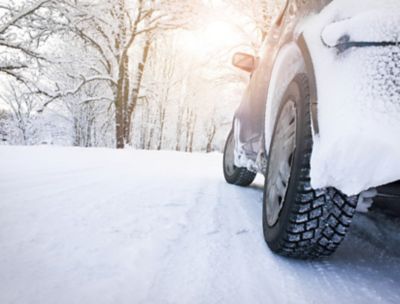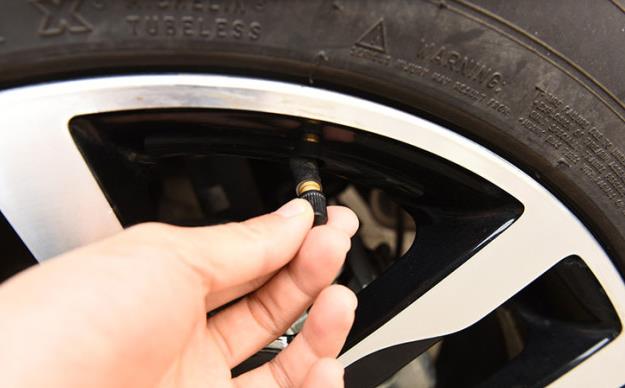Winter Driving Tips
In colder climates, driving during the winter can be challenging. You have to deal with the rain you get in the other seasons, but you also have to contend with snow, ice, slush and other potential road hazards that make the roads slicker and more dangerous. To stay in control this winter, follow these cold-weather driving tips.
Tips for Driving in the Snow
Before You Go
Winterize your car – Winter’s harsh weather is sure to take a toll on your vehicle and all of its parts. To make sure your vehicle is winter-ready, have a mechanic check the following:
Tires
Battery
Lights
Belts and hoses
Oil
Brakes
Exhaust system
Ignition system
Heater and defroster
Windshield wipers
Be sure to also get a tune-up and any needed repairs or services.
Get snow tires installed – Snow tires (or winter tires) are designed with a special rubber compound that remains flexible in lower temps, giving you enhanced snow and ice traction. Do you drive in heavy snow? Then you may want to get a snow tire with studs, but if you do, check your local laws because some cities only allow snow tires with studs during certain times of the year.
Stay home in extreme weather (if possible) – If you can avoid heading out into blizzards or extra-icy conditions, then do so.
Keep winter essentials in your car – Here’s a list of tools you should keep in your car all winter long:
Extra jacket, blanket, water and non-perishable snacks
Flashlight
Glass scraper
Snow shovel
First-aid kit
Jumper cables
Safety flares
Properly-inflated spare tire (if your vehicle has room for one)
Gravel, salt, kitty litter or a piece of carpet (These can give you some extra tire traction if you get stuck in the snow.)
Plan your route – Check the weather, and road and traffic conditions. With this info, you can choose the best route to get to your destination. Let others know where you’re going, which roads you’ll be taking and when you expect to arrive.
Check your tires – Even if you’ve had a recent inspection, it’s still a smart move to examine your tires before you take them out on snow- or ice-covered streets. Here are some signs that it’s time to replace your tires:
Worn tread: If your tread looks low, perform the Penny Test to see if it’s still safe to drive on your current tires or if you need new ones.
Bulging or cracking sidewalls: These can lead to a blowout, and that’s the last thing you want when travelling in winter.
Under- or over-inflation: To ensure your tires are properly inflated, check your driver’s side doorjamb for your vehicle manufacturer’s recommended pressure.
When You’re Out on the Road
Take things nice and slow – When traveling on snow and ice, it’s important to drive, accelerate and brake a little slower than you normally would to account for the decreased traction between your tires and the road. Also, avoid using cruise control on slippery surfaces, so you stay in control (and aware) of how fast you’re traveling.
Increase your following distance – Allow more space between you and the car in front of you, so you’ll have more time to react if other drivers do something unexpected.
Avoid distractions – You may want to silence your phone and keep your music turned down low to ensure you’re able focus on the road and stay alert.
Be extra careful around snow plows – If you find yourself behind an active snow plow, either stay behind it (where the road will be clearer) or use caution when passing. Whichever you choose, remember that snow plows make frequent stops and turns, so make sure you don’t tailgate or travel beside them.
In an Emergency
If your car stalls or breakdowns, and you find yourself on the side of the road in winter, follow these safety rules while you wait for assistance:
Stay inside your car – The interior of your vehicle is the safest place to be and the easiest spot for rescuers to find you. Even if your heater isn’t working, it will be warmer inside of your car than outside. Bundle up with a jacket and blanket if necessary.
Make yourself visible – Keep your inside dome light turned on and attach brightly-colored markers to your antenna and windows.
Keep your exhaust pipe clear – To avoid deadly carbon monoxide from building up inside your car, make sure that your exhaust pipe is not blocked or clogged by snow, ice or mud.
These winter driving tips should help you get through winter’s worst, comfortably and safely.

























